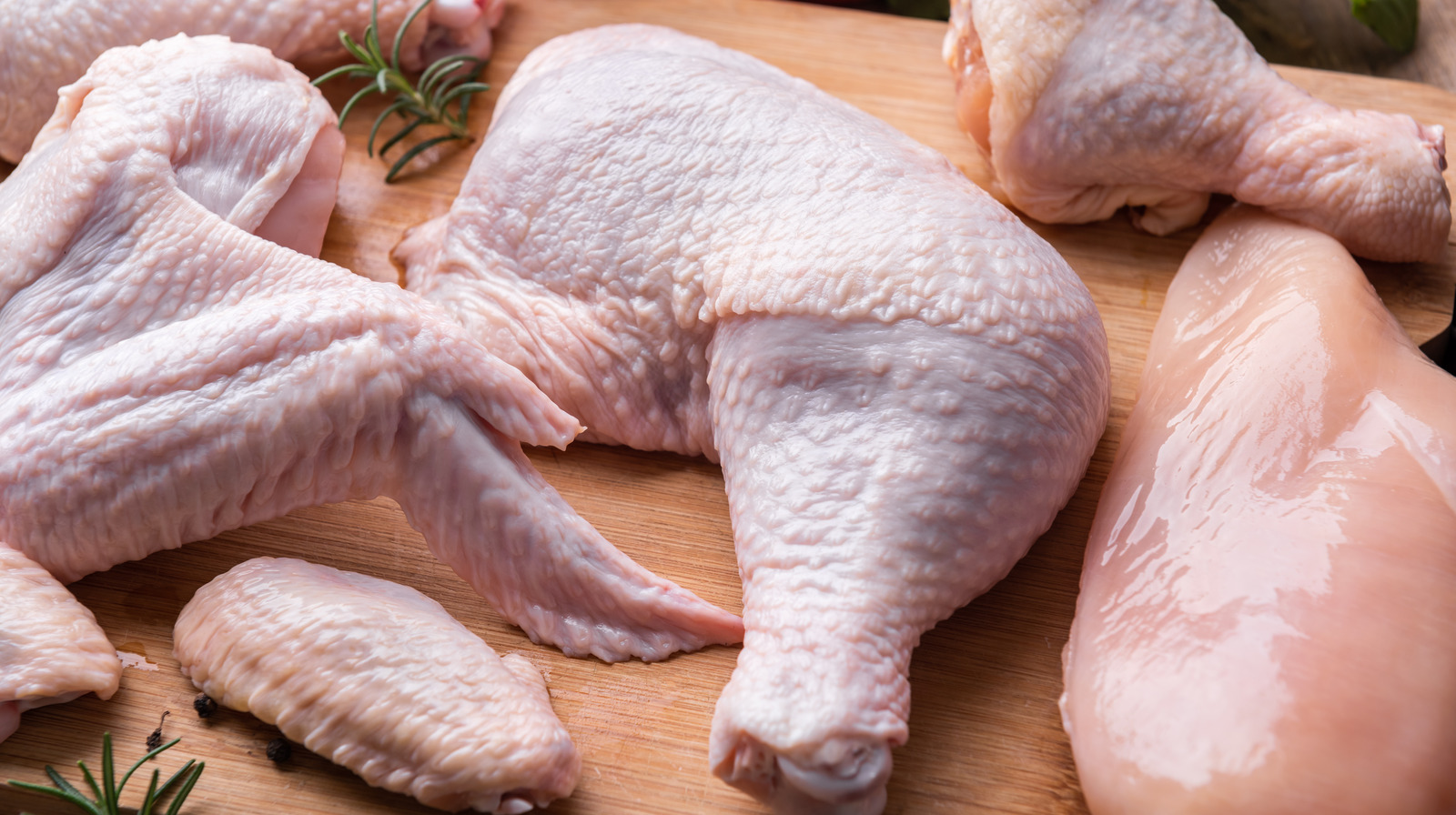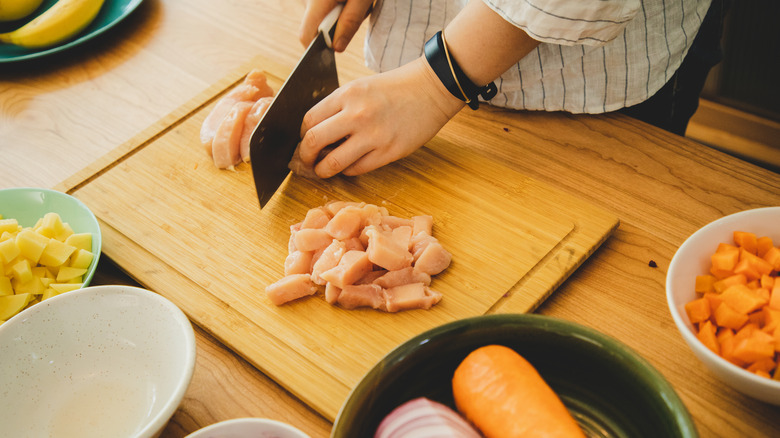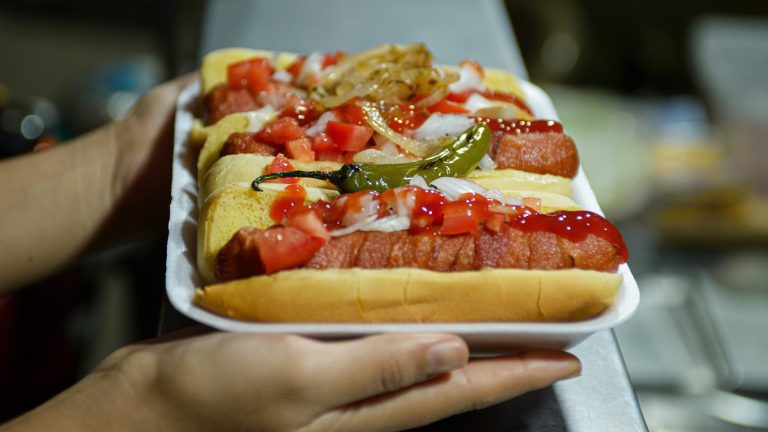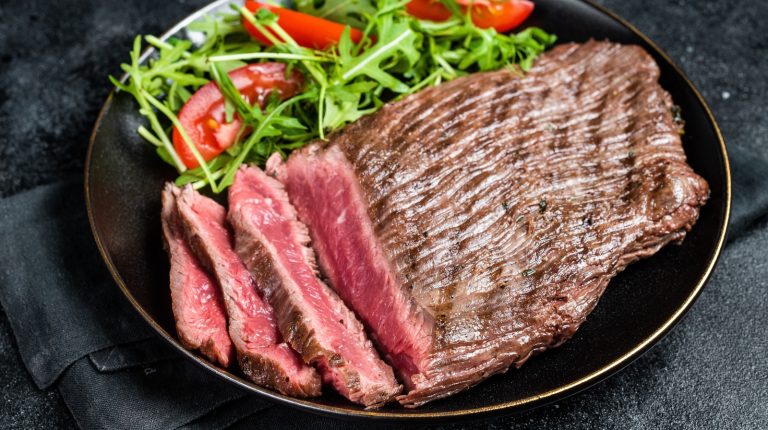The Centers for Disease Control and Prevention estimates that a million people in the United States get sick from eating contaminated poultry every year. If that statistic isn’t staggering enough, the agency also says that 1 in 25 packages of chicken at the supermarket contains Salmonella, the bacteria that is one of the most common causes of foodborne illness. To avoid becoming one of those statistics, you should know how to handle raw chicken properly. Whether you’ve purchased a whole chicken or separate parts, you can start by placing it in your refrigerator for no more than one to two days before either cooking it or freezing it.
One to two days might not seem like a long enough time, especially if you bought the chicken without knowing when and how to use it. Unfortunately, bacteria don’t have the same timetable as we do. Salmonella, along with the other pathogens that are often found on chicken — Campylobacter and Clostridium perfringens — can grow very quickly. Although you can slow that growth by keeping raw chicken in a refrigerator held at the proper temperature of 40 degrees Fahrenheit, leaving it for more than two days may encourage further growth.
You can keep chicken longer if you freeze it within the two day window after purchasing it. The U.S. Department of Agriculture says chicken will be safe indefinitely if it is frozen and stays frozen continuously. For quality purposes, the USDA recommends using frozen whole poultry within one year and chicken parts within nine months.
Avoid cross-contaminating chicken with other food
It’s important to note that freezing chicken prevents the bacteria from growing, but does not kill it. Once you’ve defrosted it, the rule for chicken you just purchased still applies. Cooking chicken until it reaches 165 degrees Fahrenheit will kill most bacteria. Even so, once the chicken is cooked, the maximum time to safely leave chicken out is two hours.
One of the food safety mistakes you want to avoid is cross-contaminating raw chicken with other foods or surfaces. You do not need to wash raw chicken before you start preparing it and doing so can actually spread germs in and around the sink. Always wash your hands, knives, cutting boards, and any other surfaces the chicken touches before handling any cooked food. You should also consider food safety when using marinades. If you marinate raw chicken, the marinade can become contaminated and should be thrown away immediately after use. Do not use it to baste the chicken as it’s cooking.
Keep in mind the “best if used by date” refers to the quality of the chicken and not the safety. It does not indicate whether or not the chicken has been contaminated. High levels of bacteria will affect the odor, color, and texture of the chicken. Do not consume it if the meat has become dark, has a distinct odor, or feels slimy. And remember the old adage: When in doubt, throw it out.





